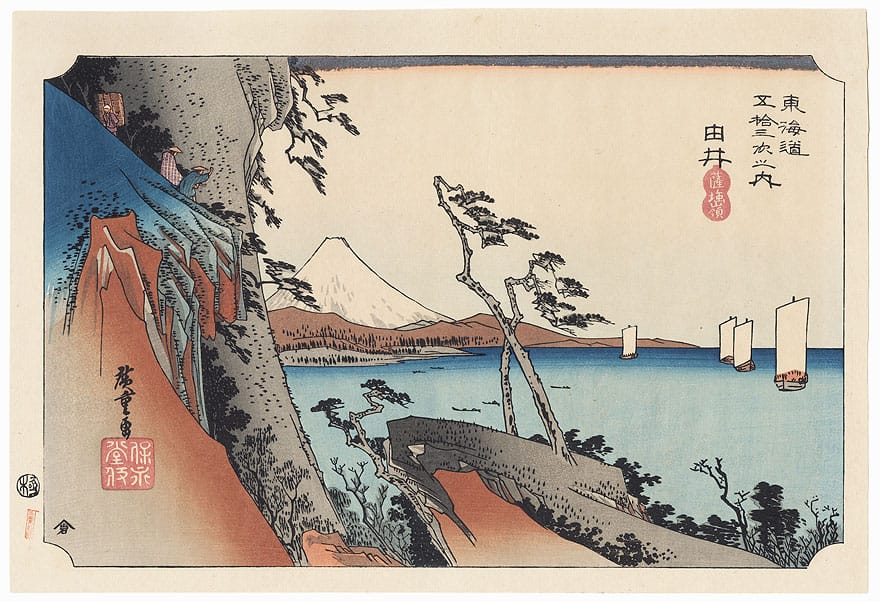True Kensho: An Ordinary Person Wakes Up
"Remember that he was an ordinary person. Nevertheless, through only three days and nights of intensive zazen, he was able to clarify the meaning of his being. Where is your brave determination?"

"Remember that he was an ordinary person. Nevertheless, through only three days and nights of intensive zazen, he was able to clarify the meaning of his being. Where is your brave determination?"
